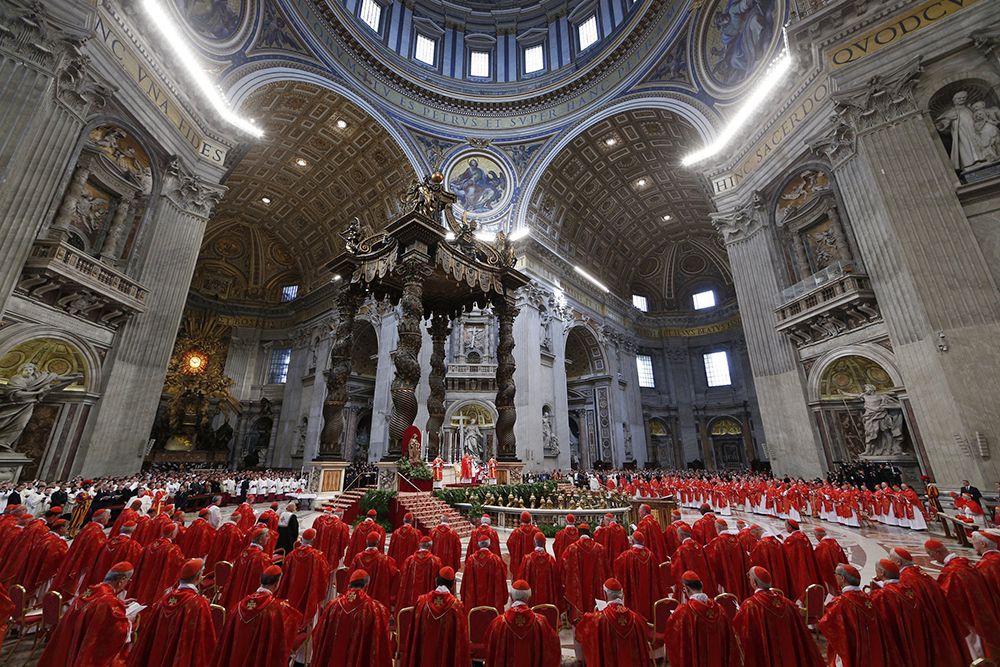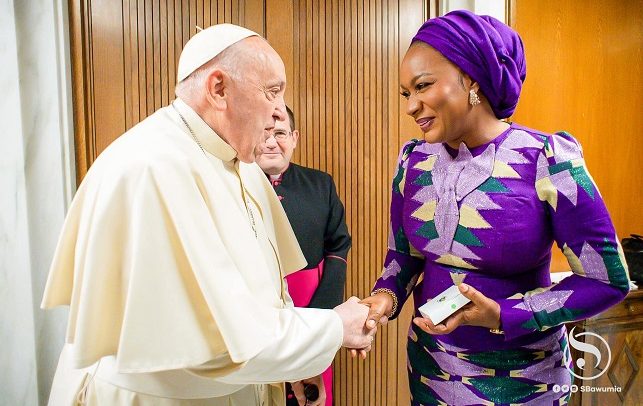
Following the death of a Pope, the Vatican enters a formal nine-day mourning period known as the novendiales.
This tradition allows the Church and its followers to grieve before transitioning to the process of selecting a new leader.
The election, or conclave, begins 15 to 20 days after the Pope’s death and is organized by the camerlengo, a senior cardinal tasked with overseeing the proceedings.
Before the actual voting, cardinals participate in general congregations—meetings where they discuss pressing issues facing the Catholic Church.
According to the Apostolic Constitution, all cardinals must attend unless they are legitimately impeded.
MUST READ: Pope Francis' Death: Full details of his funeral
Cardinals, who serve as the Pope’s closest advisors, are distinguished by their red vestments.
There are currently more than 250 cardinals worldwide, the majority of whom come from Europe.
However, only those under 80 years of age a maximum of 120 are eligible to vote in the conclave.
The selection process for these electors remains undisclosed.
READ ALSO: 10 unforgettable sports moments with Pope Francis that show his love for the game
Notably, Pope Francis has appointed roughly 80% of the current voting cardinals, many of whom represent progressive views, including greater inclusivity for LGBTQ Catholics.
The conclave itself is conducted under strict secrecy.
Cardinals stay at the Domus Sanctae Marthae, the same residence Pope Francis chose over the traditional papal apartments.
Before voting begins, they attend a Mass seeking divine guidance.
Once inside the Sistine Chapel, the cardinals swear an oath of secrecy and cast their ballots in a highly regulated process.
Each vote is inscribed with the phrase in summum pontificem (I elect as supreme pontiff), folded, and placed in an urn.
READ MORE: 60-year-old man’s penis and scrotum cut off during Easter sleepover at woman’s place
Three randomly chosen scrutineers count the votes, which are then announced.
A two-thirds majority is required for election.
The public follows the proceedings through smoke signals—black smoke means no decision has been reached, while white smoke signals the election of a new Pope.
Historically, the rules have evolved: in 1996, Pope John Paul II allowed a simple majority after 33 rounds of voting, but Pope Benedict XVI reversed this in 2007, reinstating the two-thirds majority requirement.
If the conclave remains deadlocked, a runoff between the top two candidates takes place.
Once elected, the new Pope is asked by the dean of the College of Cardinals—currently Cardinal Giovanni Battista Re—if he accepts the role.
After choosing his papal name, he is presented to the world from the balcony of St. Peter’s Basilica, where the senior cardinal deacon (presently Cardinal Dominique Mamberti) declares Habemus Papam—We have a Pope.
This centuries-old ritual marks the beginning of a new papacy.
Read Full Story





















Facebook
Twitter
Pinterest
Instagram
Google+
YouTube
LinkedIn
RSS